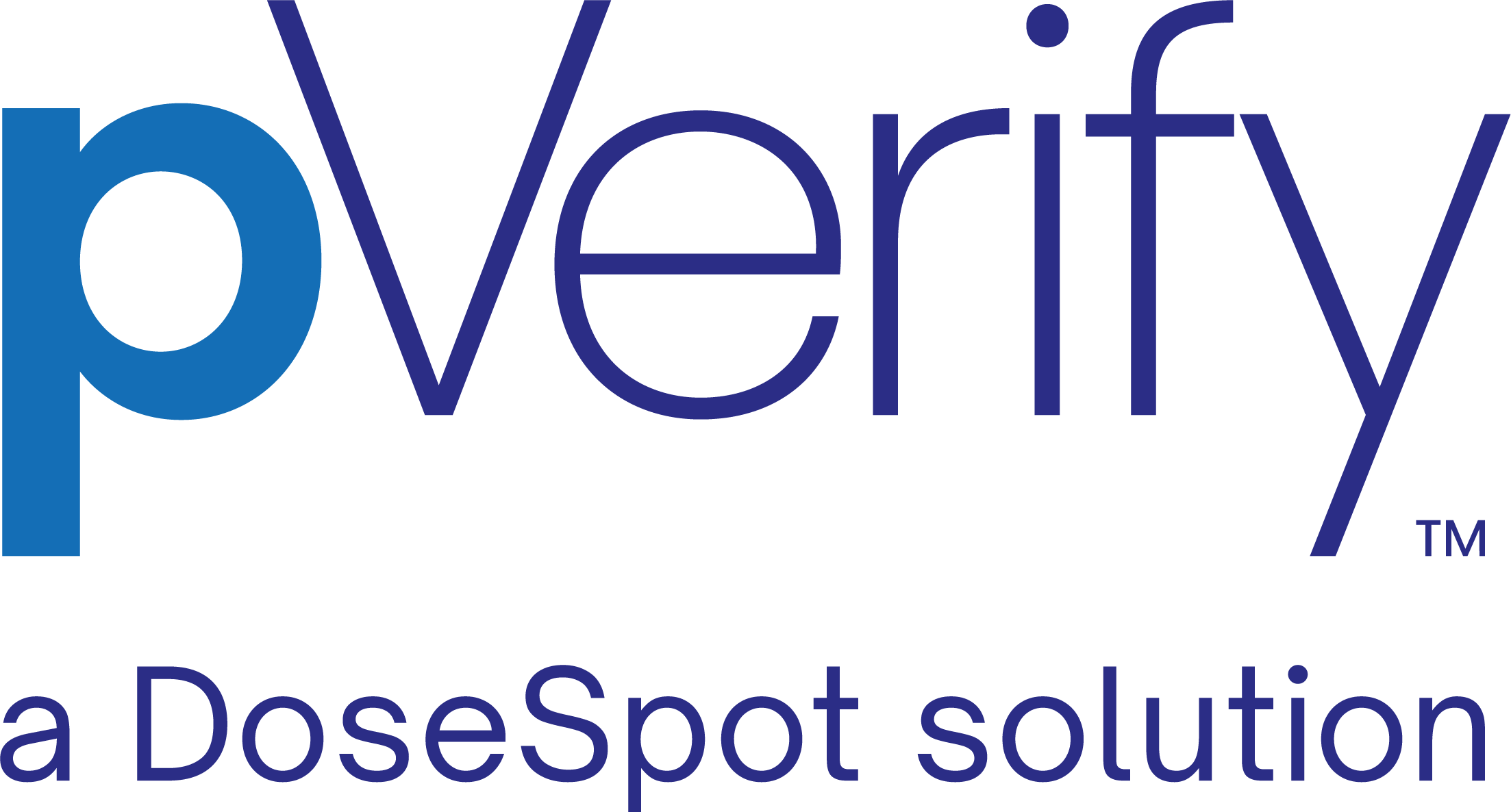BLOG
What is an API for Health Insurance?
Healthcare APIs (Application Programming Interfaces) facilitate seamless communication between healthcare providers’ systems and various databases containing insurance coverage information. But what is an API for health insurance? Why are they important, and what are their benefits?
Let’s explore Insurance Eligibility APIs and how they streamline processes in the healthcare industry.
Understanding Health Insurance Eligibility APIs
Healthcare APIs are software interfaces that allow different healthcare systems to communicate and share data effectively. Specifically, in the realm of insurance verification and eligibility, these APIs enable healthcare providers to access vital information about a patient’s insurance coverage, including status, co-pays, deductibles, a patient’s MBI number for Medicare coverage, and more.
Why Insurance Verification APIs Matter
Insurance verification is a vital step in the healthcare process, serving as a gateway to ensure that patients receive the appropriate care covered by their insurance plans. Without efficient verification processes in place, healthcare providers risk encountering front-end claim denials, which account for about 22% of all claim denials and can lead to delays in treatment and financial challenges for both patients and providers.
The Verification Process Demystified
Here’s a simplified breakdown of how the verification process typically works:
Benefits of Using Health Insurance APIs
The advantages of using APIs for insurance verification extend beyond streamlining processes.
By leveraging these technologies, healthcare providers can:
Understanding Health Insurance Eligibility APIs
Healthcare APIs are software interfaces that allow different healthcare systems to communicate and share data effectively. Specifically, in the realm of insurance verification and eligibility, these APIs enable healthcare providers to access vital information about a patient’s insurance coverage, including status, co-pays, deductibles, a patient’s MBI number for Medicare coverage, and more.
Why Insurance Verification APIs Matter
Insurance verification is a vital step in the healthcare process, serving as a gateway to ensure that patients receive the appropriate care covered by their insurance plans. Without efficient verification processes in place, healthcare providers risk encountering front-end claim denials, which account for about 22% of all claim denials and can lead to delays in treatment and financial challenges for both patients and providers.
The Verification Process Demystified
Here’s a simplified breakdown of how the verification process typically works:
Step 1: Integration
Healthcare providers integrate API access to insurance verification services into their electronic health record (EHR) systems or other relevant software applications. These APIs allow the healthcare provider’s system to securely communicate with the insurance or insurance verification service’s database.Step 2: Patient Information Input
When a patient seeks medical services, the healthcare provider enters their information into their system. This typically includes the patient’s name, date of birth, insurance ID number, and other relevant details.Step 3: API Request
The healthcare provider’s system sends a request to the insurance provider or an insurance eligibility company API, providing the patient’s information for verification. This request is typically made in real-time to ensure the most up-to-date information is obtained.Step 4: Verification Process
The insurance verification and eligibility company’s API processes the request and checks the provided patient information against its database. It verifies details such as insurance coverage status, eligibility, co-pays, deductibles, and any pre-authorizations required for the specific medical service.Step 5: Response
The insurance verification and eligibility company API sends a response back to the healthcare provider’s system with the verification results. This response typically includes information on the patient’s coverage status, any cost-sharing responsibilities, and other relevant details.Step 6: Response
Based on the verification results received via the API, the healthcare provider can make informed decisions regarding the patient’s care. For example, they may proceed with the recommended treatment plan if the patient’s insurance coverage is confirmed, or they may explore alternative options if there are coverage limitations or issues.Step 7: Documentation
The verification results obtained through the API may be automatically recorded in the patient’s electronic health record (EHR) or other documentation systems for future reference and billing purposes.Benefits of Using Health Insurance APIs
The advantages of using APIs for insurance verification extend beyond streamlining processes.
By leveraging these technologies, healthcare providers can:
- Reduce Administrative Burdens: Automation of verification processes minimizes manual tasks, freeing up staff time for patient care.
- Minimize Billing Errors: Real-time verification ensures accurate billing and reduces the risk of claim denials.
- Enhance Patient Experience: Efficient verification processes contribute to smoother patient experiences, with reduced wait times and fewer administrative hurdles.
- Improve Revenue Cycle Management: Timely verification of insurance coverage enhances revenue cycle management, leading to faster reimbursements and improved financial outcomes.

